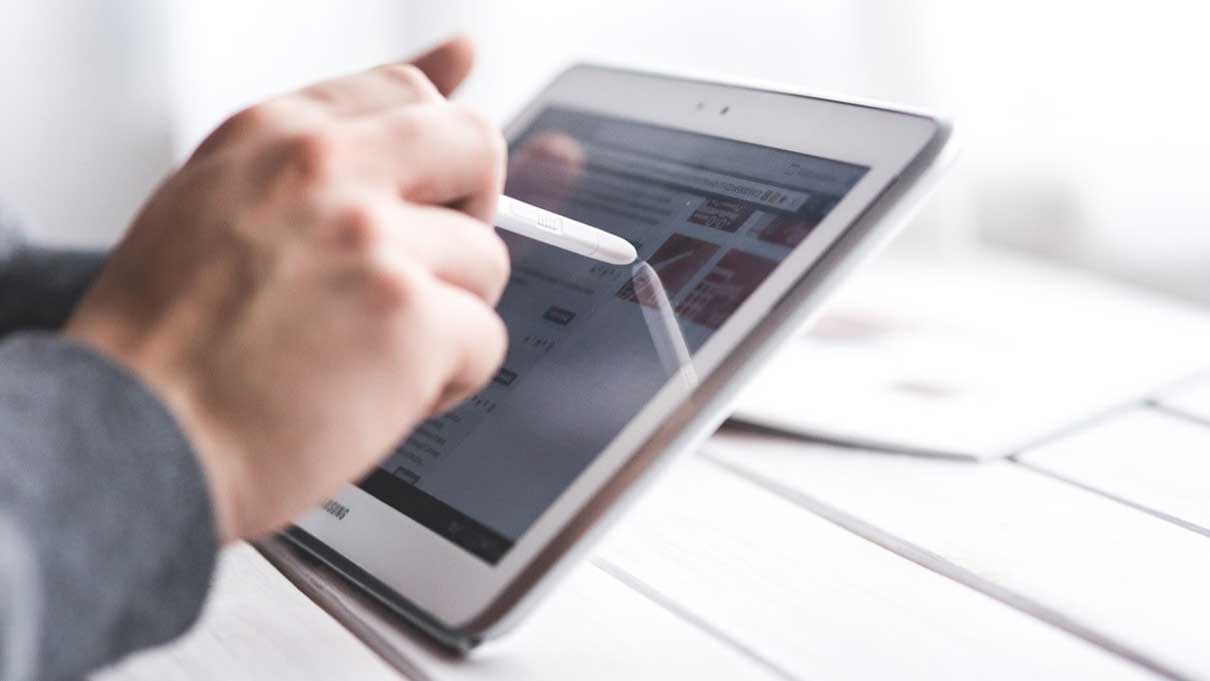Pen and Paper vs. Digital Note Taking: 5 Pros and Cons
Pen and Paper vs. Digital Note Taking
Most people don’t think of note-taking as complicated, but the choice of whether to use a pen and paper or a digital device can involve more than personal preferences. Some may grab whatever tool is most convenient or use what’s most familiar.

However, there are actually drawbacks and advantages to using onlines notes and the tried and true method.
Advantages of Pen and Paper
Using a pen and a piece of paper to write down notes is known as the “old-school” method, but it can have several advantages.
You’ll put less strain on your eyes. You will also expose your eyes and brain to less blue light from digital devices, which has been shown to interrupt normal sleeping patterns.
Pen and paper are more predictable. Digital devices are more susceptible to performance problems from drained batteries and technical glitches.
You are more likely to remember and process the information you write down with a pen and paper. Studies comparing digital and traditional note-taking reveal that taking notes with a pen and paper makes your brain work in different ways, increasing its reflective and long-term memory processes.
By writing in your own handwriting instead of a word processor’s font, you establish a personal, emotional connection to what you’re writing down.
Pen and paper give you space and latitude to be more creative. Want to draw out a diagram instead of words? It’s easier to be more fluid on paper than on a computer screen.
Disadvantages of Pen and Paper
All of the advantages of using the traditional note-taking method doesn’t mean there aren’t some drawbacks. Here are some of the main cons:
It’s harder to look back and find what you need. You have to take more time to look back through your notes. Try to find every piece of paper you’ve used.
If you need to combine and synthesize information from different note-taking sessions, this is nearly impossible with different sheets of paper. You have to start from scratch with a new document.
Using paper all the time to take notes can make you go through a lot of sheets pretty fast, increasing environmental waste.
It’s more difficult to share your notes with others when they’re on paper.
Taking notes with a pen and paper is slower. It can be more difficult to read what you wrote later.
Advantages and Disadvantages of Digital Devices
Many of the advantages of digital note-taking are tied to the disadvantages of pen and paper. The opposite can also be true. For example, notes taken on a digital device can be searched with keywords and phrases.
Another pro of using digital devices is that your notes are saved until you erase the files. They’re easier to read and you can share them with classmates and co-workers through email or post them on the cloud.
Additional disadvantages of digital devices that have not already been discussed include trying to use virtual keyboards or keypads on mobile devices and dealing with glitches in integrated artificial intelligence (AI) applications like Siri.
Now that the pros and cons of each note-taking method have been discussed. Is there a reason to make a significant change? The reality is that some people use both methods, switching between the two when it’s convenient. Experiment and choose the method that aligns best with your goals.


![Cloud Gaming: The Best Cloud Gaming Services Available [5] 2 Best Cloud Gaming Services](https://techcody.com/wp-content/uploads/2023/06/Best-Cloud-Gaming-Services-768x432.jpg)

